Introduction
In sewing and textile production, the quality of a garment or fabric piece often depends on its seams. The German word Nahttypen, meaning “types of seams”, refers to the various ways fabrics can be joined together. Choosing the right seam is not only about holding fabric pieces in place—it influences durability, comfort, style, and even safety in industrial applications.
This article explores the world of nahttypen, their importance, different categories, and how they are applied in both fashion and technical textiles.
What Are Nahttypen?
Nahttypen are the structural methods used to sew fabrics together. While a seam might appear to be a simple row of stitches, its construction affects:
- Strength – how well the garment withstands wear and tear.
- Flexibility – whether it allows movement and stretch.
- Appearance – neatness, decoration, or invisibility of stitch lines.
- Functionality – performance in demanding conditions such as outdoor use or sportswear.
By mastering different seam types, sewists and designers can create garments that balance beauty and performance.
Why Nahttypen Matter in Fashion and Textiles
Seams are more than hidden details—they shape the identity of a garment. Designers rely on seam placement for both function and style:
- Fit and shaping – seams contour the garment to the human body.
- Durability – strong seams ensure longevity of clothing and upholstery.
- Aesthetics – decorative seams add personality and flair.
- Comfort – flat seams reduce bulk and irritation against the skin.
In industries like upholstery, technical textiles, and uniforms, the correct nahttyp is critical for safety and performance.

Common Types of Nahttypen
1. Offene Naht (Open Seam)
- Description: A basic seam where seam allowances are pressed open.
- Use: Lightweight fabrics.
- Advantage: Flat and neat appearance.
2. Geschlossene Naht (Closed Seam)
- Description: Seam allowances are pressed to one side.
- Use: Heavier fabrics like denim.
- Advantage: Stronger and more durable finish.
3. Französische Naht (French Seam)
- Description: Raw edges are hidden inside, leaving a smooth inside finish.
- Use: Delicate fabrics such as silk and chiffon.
- Advantage: Elegant, professional look.
4. Kappnaht (Flat-Felled Seam)
- Description: Edges are folded and stitched flat for a strong seam.
- Use: Jeans, uniforms, sportswear.
- Advantage: Extremely durable, resists fraying.
5. Overlocknaht (Overlock Seam)
- Description: Sewn with a serger that trims raw edges while stitching.
- Use: Knits, stretchy fabrics.
- Advantage: Clean, elastic, prevents fraying.
Comparison of Seam Types
| Nahttyp (Seam Type) | Best For | Strength Level | Appearance | Common Uses |
|---|---|---|---|---|
| Open Seam | Lightweight fabrics | Medium | Flat, neat | Blouses, dresses |
| Closed Seam | Heavy fabrics | High | Plain | Jeans, coats, jackets |
| French Seam | Delicate fabrics | Medium | Elegant | Silk garments, lingerie |
| Flat-Felled Seam | Strong textiles | Very High | Visible | Denim, uniforms, outdoor gear |
| Overlock Seam | Stretch fabrics | High | Neat | Knits, activewear, T-shirts |
Nahttypen in Fashion Design
Seams are design tools in fashion. Examples include:
- Princess seams to create fitted silhouettes.
- Topstitched seams for casual wear with visible details.
- Invisible seams for formal and luxury apparel.
Thus, nahttypen are not just functional—they are creative tools for designers.
Nahttypen in Industrial Applications
In technical textiles and heavy-duty fabrics, seam strength is vital:
- Automotive interiors rely on reinforced seams.
- Outdoor products (tents, bags, sails) use durable flat-felled or zigzag seams.
- Protective workwear demands seams that resist tearing and stress.
Here, seam selection is less about beauty and more about reliability and safety.
Factors to Consider When Choosing a Seam
- Fabric Type: Lightweight vs. heavy vs. stretchy.
- Purpose of Garment: Formalwear, casual wear, or industrial use.
- Durability Needs: Everyday clothing vs. workwear.
- Design Goals: Hidden, decorative, or structured seams.
Modern Seam Innovations
Advancements in textile engineering have expanded seam techniques:
- Bonded Seams: Created with heat or adhesive, eliminating thread.
- Laser-Sealed Seams: Waterproof and used in technical sportswear.
- Stretch Seams: Developed for activewear, maintaining elasticity.
These innovations meet the demands of modern fabrics and performance-based clothing.
Tips for Sewing Better Seams
- Match seam type with fabric characteristics.
- Press seams neatly after stitching.
- Reinforce stress points like armholes or pockets.
- Use proper thread and needle for the fabric.
Attention to these details ensures professional-quality results.
Conclusion
Nahttypen are the foundation of sewing, from delicate French seams in couture garments to durable flat-felled seams in denim. They balance strength, style, and functionality, making them essential in both fashion and industry.
By learning seam variations and modern techniques, sewists and professionals can create pieces that are not only durable but also aesthetically refined. Whether you are a beginner or an expert, mastering nahttypen is key to producing high-quality textile creations.


